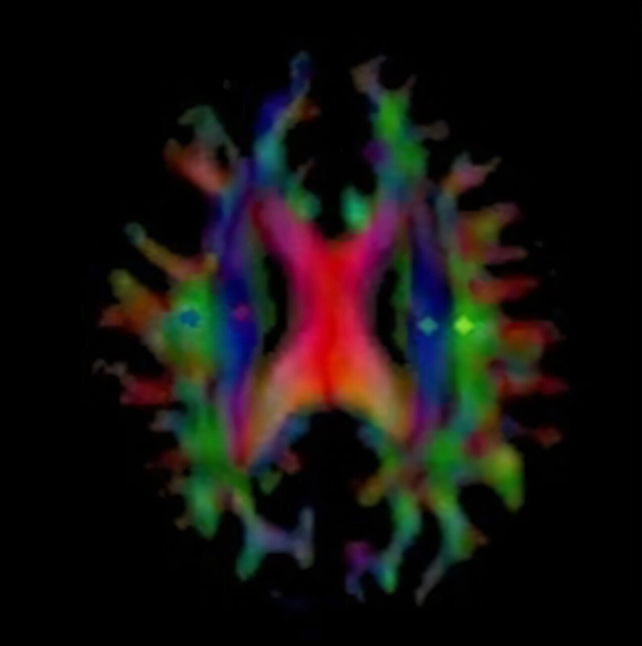For decades, scientists have targeted the sticky protein clumps that amass in Alzheimer's brains as a potential way of treating the disease, but they may have been off the mark.
A new study shows that clearing away the amyloid-beta clumps doesn't appear to repair key brain functions.
In particular, it doesn't restore the brain's mechanisms for clearing out waste, known as the glymphatic system. This system is known to be impaired in people with Alzheimer's, and would usually help with getting rid of excess amyloid-beta plaques, via waves of cerebrospinal fluid (CSF).
The study comes from researchers at the Osaka Metropolitan University in Japan, who tested the new Alzheimer's drug lecanemab on 13 people with the disease. Magnetic resonance imaging ( MRI) scans were used to look at the effects on the brain.
Related: Your Heart Health in Middle Age Could Predict Your Later Dementia Risk
"Even when amyloid-beta is reduced by lecanemab, impairment of the glymphatic system may not recover within the short-term," says medical researcher Tatsushi Oura, of Osaka Metropolitan University.

The study highlights yet again the multifaceted nature of Alzheimer's, which is associated with a wide range of potential causes, risk factors, and symptoms. It's not clear exactly how the disease starts, but various triggers are likely contributing.
When it comes to the buildup of amyloid-beta and another brain protein called tau, these are tell-tale signs of the disease – and yet scientists are still trying to figure out whether they're causing Alzheimer's, caused by Alzheimer's, or both.
In this study, lecanemab worked to the extent that it reduced amyloid-beta levels in the brain, but measures of glymphatic system function did not improve after three months. In other words, the drug doesn't seem to reverse the damage done by Alzheimer's, at least in terms of the brain's waste recycling.
"Disease-modifying therapy can reduce plaque burden and slow further cognitive worsening but does not restore lost function, likely reflecting the fact that neuronal damage and clearance system deficits have already been well established," the researchers write in their published paper.
The study adds more nuance to the increasingly complex picture of Alzheimer's, and how it might be tackled. It's not the first study to find that clearing plaques doesn't substantially improve Alzheimer's, so some researchers are now suspecting the plaques are a consequence of the disease, not the cause.
Past trials have shown that lecanemab does work at slowing down the steady march of Alzheimer's disease, but the drug functions best when administered at an early stage. That's why researchers are focused on trying to detect the signs of dementia as early as possible.
This short study involved only a small number of people, so the researchers are keen to expand those parameters – looking at how lecanemab affects Alzheimer's at different stages, or when it's administered for longer.
"In the future, we want to look at factors like age, the stage of the disease, and degree of lesions in the white matter to further understand the relationship between changes in the glymphatic system due to lecanemab treatment and the outcome of treatment," says Oura.
"This will help understand the best way to administer treatment to patients."
The research has been published in the Journal of Magnetic Resonance Imaging.

